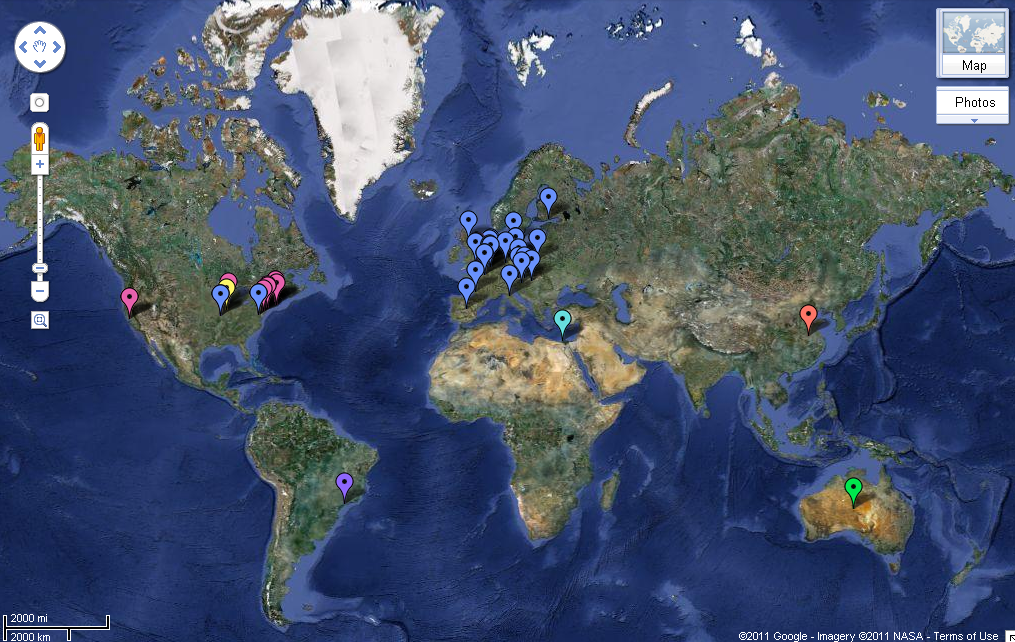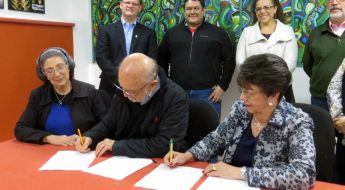Four years ago today, the Biodiversity Heritage Library, along with the Encyclopedia of Life, was officially launched during an event at the National Academy of Sciences.
At the time of the launch, there were just over a million pages of taxonomic literature available on the site. Today, there are now just short of 34 million pages.
Though this could be a moment to look back at the numerous accomplishments of BHL during the past four years, the trajectory of BHL compels us to look ahead. In addition to the increase in available text, the globablization of BHL has been remarkable and promises to provide new grounds for more growth. The way that the idea of the BHL has taken hold around the world. BHL nodes have been established in Europe (BHL Europe), Australia (BHL Australia), South America (BHL SciELO), China (BHL China), and work is underway to establish a node with the Bibliotheca Alexandrina (Egypt).
Also boding well for the future is the way in which BHL has become a working tool in the day to day work of taxonomists around the world. BHL data, used through the BHL website, but also increasingly through APIs and machine-to-machine communication is providing researchers and others with immediate access to hard to locate historic literature.
And what are our next steps? Many. We happily face new tasks upfront: synchronize data across our global partner nodes. And moving beyond just the large amounts of data generated by our scanning projects, our next steps will be to attempt to syncronize and share our code to keep our data up-to-date on a redundant worldwide network. Having these systems in place will facilitate bringing on new partners and allow for better integration of functionality and interfaces. If you’d like to comment on the next wave of BHL development & functionality, join us 14-15 November in Chicago, USA, for Life & Literature, a 2 day workshop that will convene librarians, biologists, computer scientists, publishers, students, and other stakeholders to set the agenda for biodiversity literature digitizing and its networked environment for the next four to five years.
This is exciting, it proves we are fullfiling our users needs and even promoting new demands for information.
 |
| BHL Global Partners |






Leave a Comment